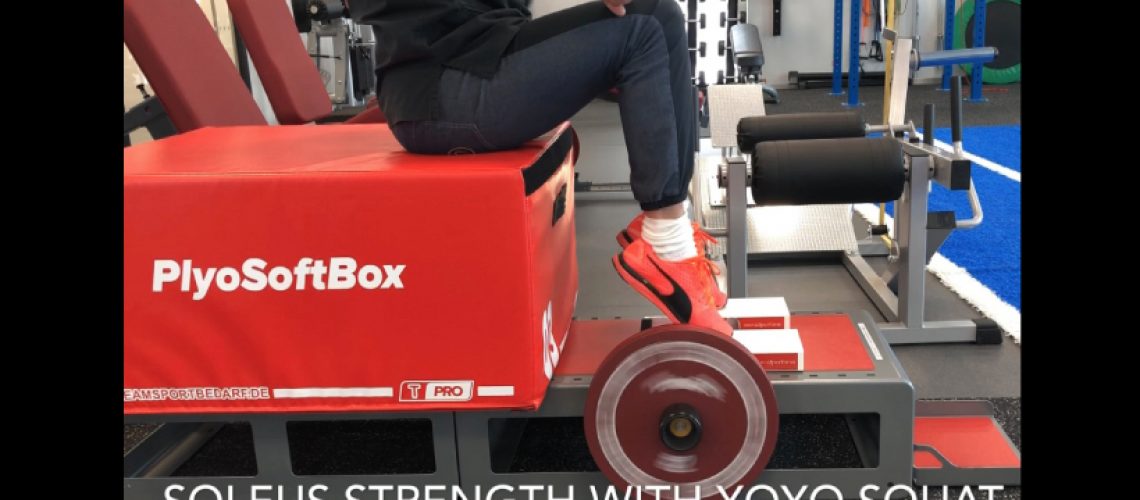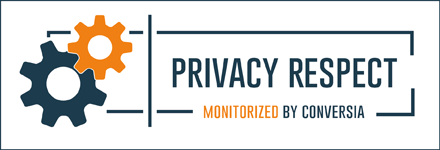In sprint running the soleus and gastrocnemius both contribute to extend and flex the foot during landing. In the push off they absorb the impact, which exceeds many times the body weight! Yet, to increase lower body strength, getting faster or more agile, we instantly think about hitting the glutes, quads and hamstrings, and tend to overlook the importance of specific exercises for the calves. They certainly deserve more attention. Secondly, when prescribing exercise tasks and drills, coaches generally view the calves as one muscle group, assuming the triceps surae muscles most of the time work in concert!
Let’s recap some of the major anatomical and physiological differences between the gastrocnemius (medial and lateral) and the soleus muscles. The m. gastrocnemius is a two-joint muscle that crosses both the knee and ankle joints. The muscle can serve as a knee flexor (see e.g., supine leg curl with flexed foot – with pointed toes you put the gastrocnemius almost at sleep!), in addition to its main role as a plantar flexor. The much smaller and skinny and flat soleus, most part is not visually observed underneath the gastrocnemius, is a one-joint muscle. It extends from the tibia, and similar to the two heads of the gastrocnemius, attaches to the Achilles tendon. There is a phenotype difference between the two muscles such that the postural soleus muscle is made up of slow (Type I) muscle fibers. Hence, the soleus may not be designed for high-speed contractions. Yet, it’s role in athletic performance, including quick actions, is critical. Read on! The gastroc is made up of both Type I and II fibers, and hence faster but more susceptible to fatigue.
The gastroc is silent when the knee is bent – the soleus does all the work! The seated calf raise is the only exercise that effectively isolates the soleus. The soleus is most powerful when the foot is dorsi-flexed and the muscle subjected to maximum stretch. The gastrocnemius is brought into play at more extended knee angles.
The soleus and the gastroc insert at the calcaneus bone via the Achilles tendon and the power of any activity involving tendon elastic recoil ultimately depends how much force and power could be transmitted from the muscles. The calf muscle-tendon complex is critical in deceleration of sprint actions to stop, or change directions. There are coaches who claim the seated calf raise to be a key exercise to improve ”change of direction”. Also, given the extreme loads imposed in the eccentric phase of such actions, the injury risk is imperative. As the calves also act as knee stabilizers, specific calf exercise regimens and perhaps most importantly, the seated calf raise, may reduce the risk of ACL injury.
Don’t ignore isolated soleus training (= the seated calf raise) as it offers incredible return for the investment! So, what are the reasons for chosing YoYo™ over a traditional seated calf machine with weight plates added on? Answer: YoYo™ offers a maximal stimulus from the first to the very last rep of a set and through the full range of motion in the concentric action. That means more power than using the traditional weight-based machine AND more eccentric overload in that deep stretched position!
The nHANCE ™ driven by YoYo™ product line includes four machines that collectively offer all you can ask for when it comes to calf training: the Squat (seated or standing calf raise, donkey raises), the clinical or classical Leg Press (calf raises using with bent or straight legs) and the seated MultiGym (calf raises with straight legs).





